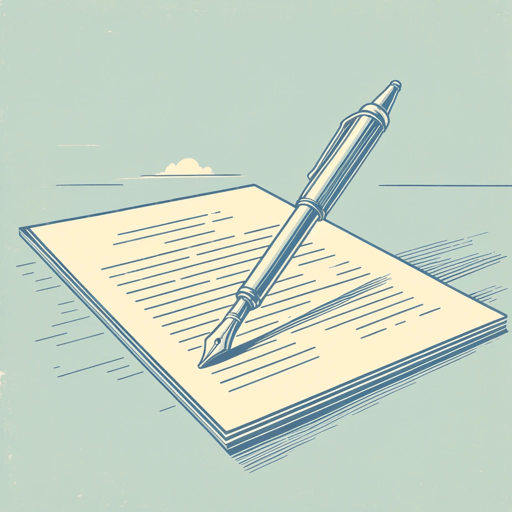65 pages • 2 hours read
Henry KissingerWorld Order: Reflections on the Character of Nations and the Course of History
Nonfiction | Book | Adult | Published in 2014A modern alternative to SparkNotes and CliffsNotes, SuperSummary offers high-quality Study Guides with detailed chapter summaries and analysis of major themes, characters, and more.
Chapter 1Chapter Summaries & Analyses
Chapter 1 Summary: “Europe: The Pluralistic International Order”
In the first chapter of World Order, Kissinger focuses on the Peace of Westphalia. He describes this 17th-century agreement as the foundation of the contemporary global order. The author divides this chapter into four related, thematic categories: “The Uniqueness of the European Order,” “Thirty Years’ War: What is Legitimacy,” “The Peace of Westphalia,” and “The Operation of the Westphalian System.”
First, Kissinger identifies the European system as pluralistic and, therefore, unique as compared to the rest of the world: “Europe thrived on fragmentation and embraced its own divisions” (11). One key reason why Europe was pluralistic was the inability to impose a single ruler’s will onto their counterparts. According to Kissinger, the lack of hierarchy between several rulers, such as the one that occurred in post-Roman Europe, was an anomaly.
Europe periodically did make attempts to unify, which included the 9th-century Carolingian Empire and the Holy Roman Empire that lasted from the Middle Ages until the early 1800s. However, European unity was challenged in other ways, for example, the spread of Protestantism, the introduction of the printing press in Europe to disseminate new knowledge, and the age of discovery and conquest starting from the late 15th-early 16th century: “The modern era announced itself when enterprising societies sought glory and wealth by exploring the oceans and whatever lay beyond them” (17).
Related Titles
By Henry Kissinger




